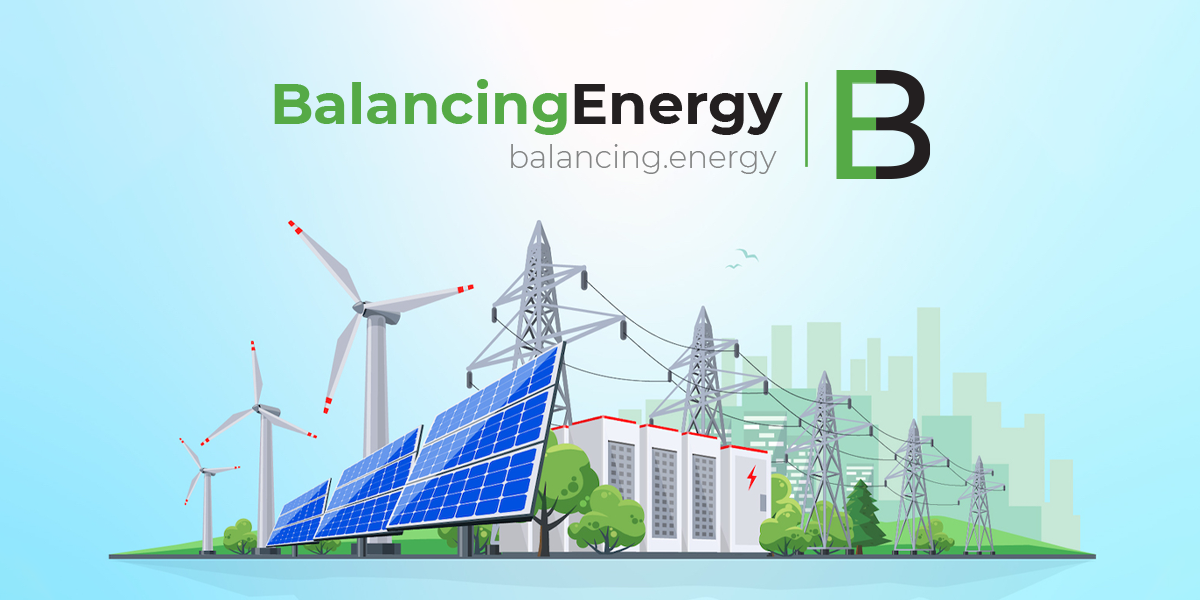What kind of air do we breathe, do we endanger the flora and fauna around us? What future do we leave for our children? These are questions that always accompany the controversy on the topic of electricity production in the 21st century.
Global warming is a global problem. Despite the slow steps, this topic has reached the public spotlight in Republika Srpska and Bosnia and Herzegovina. The key reason for this is the sulfur dioxide pollution from thermal power plants in Bosnia and Herzegovina, which increased by as much as ten times more than allowed in 2020, according to Anadoly Agancy (AA).
In the Republika Srpska and Bosnia and Herzegovina, the traditional fuel for electricity production is coal, which is considered one of the biggest polluters of the environment. According to a report by the non-profit CEE Bankwatch and the Center for Energy and Clean Air Research CREA, in 2020 the total CO2 emissions from thermal power plants in the Western Balkans were 2.5 times higher than the total emissions of all thermal power plants in the European Union. The same report states that in the region of the Western Balkans from 2018 to 2020, almost 19,000 deaths were recorded related to emissions from coal-fired power plants. For the citizens of Bosnia and Herzegovina, such statistics are not a surprise, because some cities are often at the very top of the world in terms of air pollution, which is unfortunately visible to the naked eye.
The mentioned challenges are precisely the reason why there are global tendencies that the production of electricity is completely based on the production from renewable energy sources. The members of the European Union have adopted the “National Action Plan for Renewable Energy Sources” and the process of closing the thermal power plants has begun throughout European countries.
In parallel with the closure of thermal power plants, the increasingly intense focus, not only of the EU member states, but also of the whole world, is on the production of electricity from renewable sources. Particular attention is paid to hydropower, which is considered the most productive source of renewable energy – not only is it inexhaustible, it does not produce CO2, does not pollute the environment and human health. In addition, experts agree that small hydropower plants are the most rational renewable energy source, the most flexible in terms of management and the cleanest, of course, while respecting a number of rules. Republika Srpska and Bosnia and Herzegovina are rich in hydro potential, but unfortunately, the public has been polarized on this issue for a long time.
It would be a great pity if, due to the lack of understanding of the concept of small hydro power plants, the citizens would be deprived of such an important technology. If built according to the rules of the profession, small hydropower plants are an excellent source for the production of clean energy. Such energy is considered to be renewable energy that does not have a negative impact on the environment. They do not affect the course of the river, as well as its hydrological, eco and biological properties, and thanks to modern technical solutions, they do not prevent the smooth movement of fish, which is especially important from the aspect of preserving wildlife. Therefore, respecting the rules of the profession, each small hydropower plant (SHPP) is obliged to fulfill the basic obligations of environmental protection during operation and shutdown. In addition, at least 60 percent, and most often 100 percent, of the construction of small hydropower plants is performed by hiring domestic labor force, which also participates in the operation of the power plant itself. In addition to regular taxes and levies – income tax, VAT, concession fees, water fees and forest fees are paid, which have a significant economic effect.
The construction of small hydropower plants ensures the use of hydropower from small watercourses, rapid electrification of rural areas and facilities away from the electricity grid, reducing the consumption of fossil fuels, and thus the import of electricity. Everyday scenes of smoke-shrouded cities clearly indicate that in Republika Srpska there is a “minute to 12” moment, ie that it is high time that the use of renewable energy sources and hydro potential became a priority public interest, which would provide citizens with clean air, better health and a better future, for present and future generations, Nezavisne novine writes.










